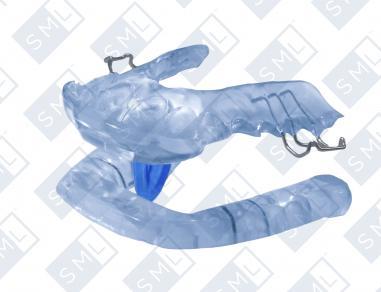 Dentists, if you’ve decided to expand your practice by offering dental appliances to assist patients who suffer from mild or moderate sleep apnea, then it’s important that you know how to identify sleep apnea in patients. Many Americans don’t even realize that they have sleep apnea, and you may face common misconceptions about the condition. One of the most persistent misconceptions is that only overweight people suffer from sleep apnea.
Dentists, if you’ve decided to expand your practice by offering dental appliances to assist patients who suffer from mild or moderate sleep apnea, then it’s important that you know how to identify sleep apnea in patients. Many Americans don’t even realize that they have sleep apnea, and you may face common misconceptions about the condition. One of the most persistent misconceptions is that only overweight people suffer from sleep apnea.
Sleep Apnea and Weight
The most common form of sleep apnea, obstructive sleep apnea, occurs when throat muscles relax while a patient sleeps, which narrows or blocks the patient’s airway. This causes them to snore loudly and wake up as many as a hundred times a night!
According to the Mayo Clinic, overweight children and adults are four times as likely to suffer from obstructive sleep apnea as people of normal weight. This happens because excess fat deposits around a person’s airway make it more likely that breathing will be obstructed during sleep.
Other Causes of Sleep Apnea
While being overweight is a risk factor of sleep apnea, not everyone with the condition is overweight. There are a variety of other factors that can cause sleep apnea in normal weight people. For example, people with thicker necks are more likely to have sleep apnea. So are people with a narrow throat. This is something that comes from a person’s genes and has nothing to do with weight.
Other risk factors for sleep apnea are:
